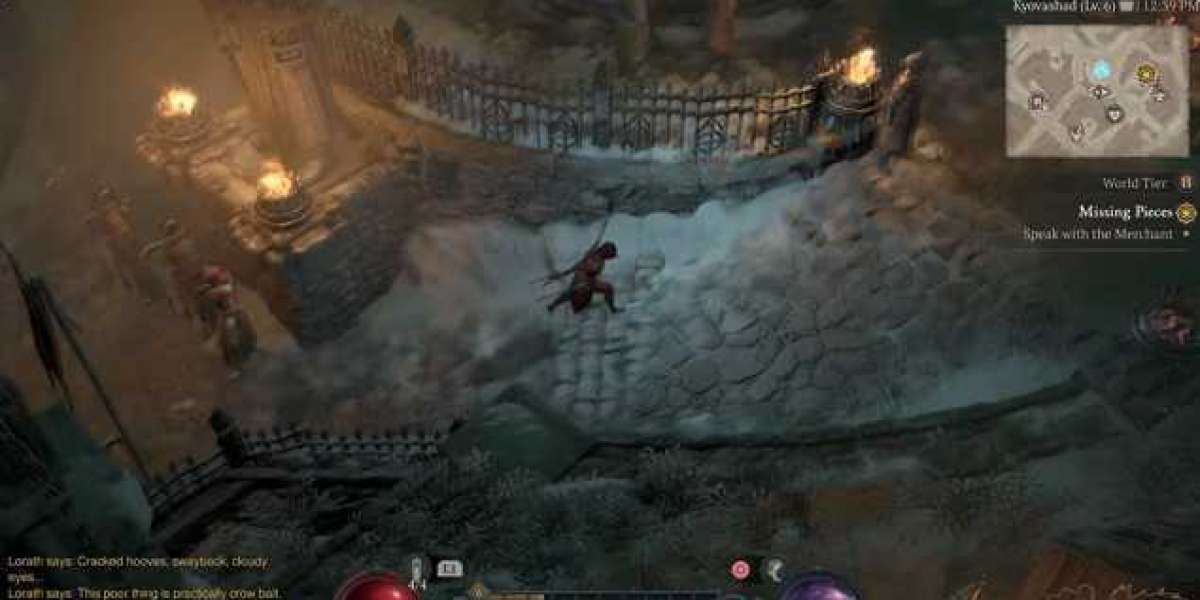Introduction
Anal fistulas can be a source of ongoing pain, infection, and discomfort for many people. Traditionally, treating a fistula involved invasive surgery, longer recovery periods, and higher chances of recurrence. However, advancements in medical technology have introduced a minimally invasive option known as Laser Fistula Treatment. Especially in medical hubs like Pune, this technique is gaining popularity for its effectiveness, faster healing, and reduced complications. In this article, we’ll explore what laser fistula treatment is, how it works, and why it might be the right option for you.
What Is an Anal Fistula?
An anal fistula is an abnormal tunnel or tract that forms between the anal canal and the skin near the anus. It usually develops due to an infection in an anal gland that leads to an abscess. When the abscess drains or bursts, it may leave behind a passageway that keeps recurring, causing discomfort, pain, and sometimes pus discharge.
What Is Laser Fistula Treatment?
Laser Fistula Treatment (also known as FiLaC—Fistula-tract Laser Closure) is a minimally invasive procedure used to close the fistula tract using laser energy. This method is designed to remove the infected tissue and seal the tract from within, promoting natural healing while preserving the surrounding muscles (sphincters), thereby minimizing the risk of incontinence.
How Does It Work?
Here’s a step-by-step breakdown of the laser fistula treatment process:
1. Preoperative Assessment
The first step involves a clinical examination and imaging, such as an MRI or endoanal ultrasound, to determine the type, location, and complexity of the fistula.
2. Anesthesia
The procedure is performed under local, spinal, or general anesthesia based on the complexity and patient’s comfort.
3. Fistula Tract Cleaning
The surgeon begins by clearing the tract of any infected material or debris. This step is crucial to prevent recurrence.
4. Laser Fiber Insertion
A radial-emitting laser fiber is gently inserted into the fistula tract. Once correctly positioned, the laser is activated.
5. Application of Laser Energy
The laser delivers precise, radial energy to the walls of the fistula tract as the fiber is slowly withdrawn. This energy causes the tract to collapse and seal shut from the inside.
6. Postoperative Care
The procedure usually takes around 30–45 minutes. Patients can often go home the same day with guidance on hygiene, medication, and follow-up.
Benefits of Laser Fistula Treatment
Minimally invasive: No large incisions or stitches
Sphincter-preserving: Low risk of incontinence
Reduced pain and bleeding
Faster healing and recovery time
Lower recurrence rates
Day-care procedure: Most patients return home the same day
Who Is a Candidate for Laser Fistula Treatment?
Laser fistula surgery is ideal for:
Patients with simple or complex fistulas
Individuals seeking faster recovery
Those at high risk of incontinence with traditional surgery
Patients who had recurrences after previous treatments
However, your doctor will evaluate the type of fistula and overall health before recommending laser treatment.
Laser Fistula Treatment in Pune
Pune is emerging as a hub for advanced colorectal treatments, and many hospitals and clinics now offer laser fistula treatment with trained specialists and modern facilities. The availability of experienced surgeons, advanced diagnostic tools, and cost-effective packages make Pune a preferred destination for this procedure.
Conclusion
Laser fistula treatment Pune offers a modern, efficient, and patient-friendly alternative to traditional surgery. With fewer complications and faster recovery, it is an excellent option for those seeking relief from the pain and discomfort of anal fistulas. If you're considering treatment, consult a colorectal specialist in Pune to discuss whether laser fistula surgery is right for you.



